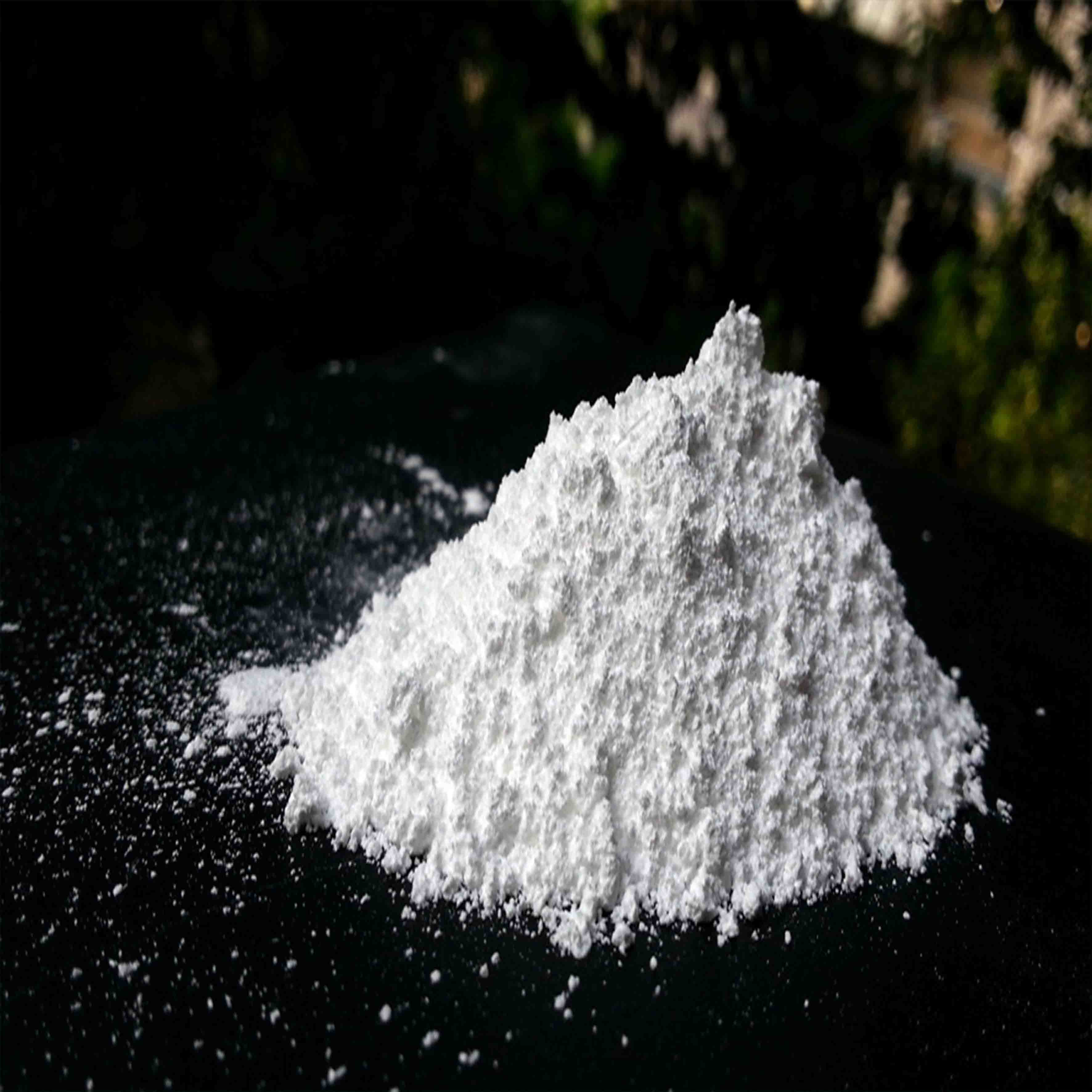
10 月 . 21, 2024 21:37 Back to list
Exploring the Applications and Benefits of Titanium Dioxide in Various Industries
The Versatility and Applications of Titanium Dioxide (TiO2)
Titanium dioxide (TiO2), also known colloquially as titanium white, is a versatile compound celebrated for its outstanding properties and wide-ranging applications. This inorganic pigment is not only renowned for its bright, white color but also for its strength, stability, and non-toxicity, making it a preferable choice across various industries. Its chemical formula consists of one titanium atom and two oxygen atoms, forming a compound that is abundant in nature, particularly in minerals such as ilmenite and rutile.
Characteristics of Titanium Dioxide
One of the most remarkable characteristics of titanium dioxide is its high refractive index, which allows it to scatter light effectively. This quality makes it an ideal pigment for a variety of applications, particularly in the paint and coatings industry. Additionally, TiO2 exhibits excellent durability and resistance to fading, which ensures that products retain their aesthetic appeal over extended periods. Furthermore, it is chemically inert, meaning it does not react with other substances, making it safe for numerous applications, including food and cosmetic products.
Another significant property of TiO2 is its photocatalytic ability. When exposed to UV light, titanium dioxide can catalyze chemical reactions, allowing it to break down organic pollutants and purify the environment. This characteristic has been exploited in the development of self-cleaning surfaces and air-purification technologies. Researchers are continually investigating new avenues for harnessing the photocatalytic properties of TiO2, paving the way for sustainable solutions to pollution.
Diverse Applications
The applications of titanium dioxide are extensive, spanning various sectors. One of its primary uses is in the paint and coatings industry, where it provides exceptional coverage and enhances opacity. TiO2 is the preferred choice for white paints, as it allows for a brilliant finish and excellent durability. Additionally, this pigment is used in plastics, rubber, and paper products, contributing to their whiteness and opacity.
In the cosmetics sector, titanium dioxide is a common ingredient in products such as sunscreens, foundations, and powders. Its ability to reflect ultraviolet (UV) light makes it an effective UV filter, protecting the skin from harmful rays. Furthermore, its non-toxic nature makes it suitable for use even in products for sensitive skin, enhancing safety for consumers.
77891 titanium dioxide

The food industry also utilizes TiO2, primarily as a whitening agent in products like confectionery and dairy items. Its inclusion in such products is meticulously regulated to ensure safety, offering consumers peace of mind.
Moreover, the burgeoning field of nanotechnology has seen the introduction of nanoscale titanium dioxide, which holds promise for use in advanced applications such as photovoltaic cells for solar energy, hydrogen generation, and efficient catalytic converters. The research into these fields continues to expand, indicating significant growth potential for titanium dioxide in the coming years.
Environmental Considerations
While titanium dioxide offers numerous benefits, it is essential to consider its environmental impact. The production process of TiO2 can generate waste and emissions, raising concerns about sustainability. Thus, industry stakeholders are emphasizing greener manufacturing processes and recycling practices to minimize the ecological footprint of titanium dioxide production.
Additionally, as the global demand for TiO2 increases, alternative production methods and sources are being explored to ensure a sustainable supply without overexploiting natural resources.
Conclusion
In summary, titanium dioxide (TiO2) is a remarkable compound with a range of valuable properties and diverse applications across various industries. Its role as a pigment, UV filter, and photocatalyst positions it as a significant player in both consumer products and emerging technologies. As research continues to uncover new possibilities, the future of titanium dioxide looks promising, aligning with the global movement towards sustainability and innovation.
-
Lithopone for Plastic & TiO2 R-5568/SK-6658 Masterbatch Solutions
NewsMay.30,2025
-
China Leading Rutile TiO2 Manufacturer - R5566 & R996 Grades Available
NewsMay.30,2025
-
High-Purity Anatase & Rutile TiO2 Powder Trusted Manufacturer
NewsMay.30,2025
-
High-Purity Anatase Products Trusted Supplier & Manufacturer
NewsMay.29,2025
-
Best Price Eco-Friendly Rutile TiO2 Supplier & Wholesale Factory
NewsMay.29,2025
-
Chinese Anatase Titanium Dioxide for Ceramic Glaze Reliable Supplier
NewsMay.29,2025
